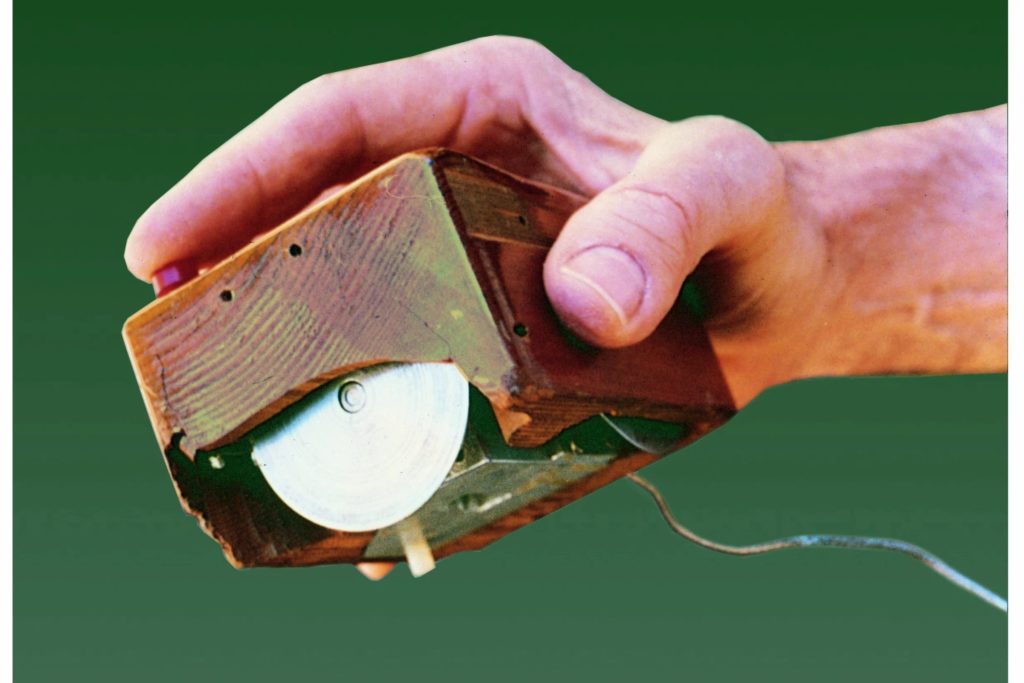
Fifty-three years ago today, 1968-12-09, is one of several dates that can be regarded as the start of the personal computer age, when a computer demonstration, A research center for augmenting human intellect, retrospectively called The Mother of All Demos, was presented by Douglas Engelbart (1925 – 2013) in the Civic Auditorium, San Francisco. The technical aspects of the presentation were managed by Bill English (1928 – 2020). About one thousand computer professionals attended the event there.
The demo featured a computer system called NLS, oN-Line System. The 90-minute presentation essentially demonstrated almost all the fundamental elements of modern personal computing: collaborative real-time editing, command input, dynamic file linking, graphics, hypertext, a mouse, navigation, revision control, video conferencing, windows and word processing – all in a single system.
The San Francisco terminal was linked to an Eidophor large-format video projection system loaned by the NASA Ames Research Center, so attendees could watch what was happening on the NLS on a 6.7 metres high screen. The terminal was also connected to an SDS 940 computer (designed specifically for time-sharing among multiple users) located at the Augmentation Research Center (ARC) headquarters, 48 km away in Menlo Park using a pair of 1 200 baud-modems. There, a second (but smaller) group of attendees could experience the demo as it was live-streamed.
Engelbart was best known for founding the field of human – computer interaction. He also made notes describing a computer mouse. These were made into a functioning prototype by Bill English in 1963. Thus, both of these two people can be said to have jointly invented the computer mouse.
The demonstration was highly influential, most especially the development of Xerox PARC (Palo Alto Research Center) that flourished in the 1970s.
The original demo is available as a video on YouTube. Note: Modern viewers may be disappointed by its low fidelity. New Atlas has an article that provides additional insights, and photographs.

